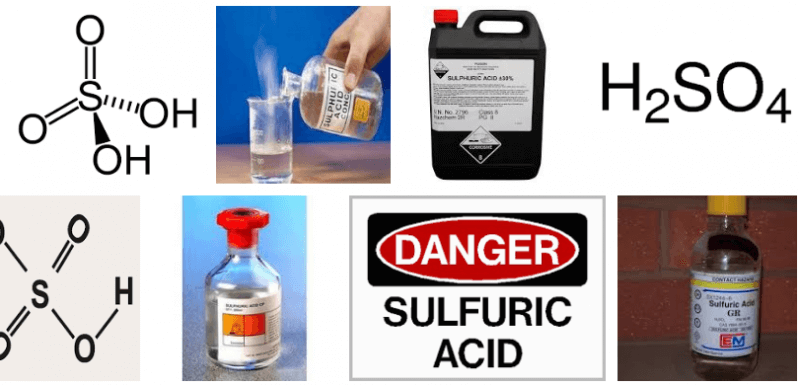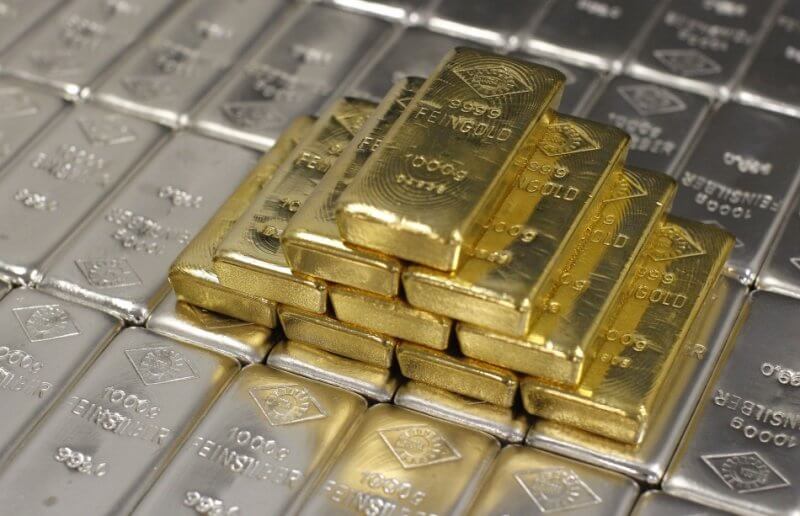Calculating Air Compression & Transportation Flow

The four nomograms presented in this method were designed to simplify and make more, rapid the calculations connected with the compression and transmission of air. The formula involved are rather complicated, but the graphic solutions are simple; their use requires an ability to follow explicit directions and to interpolate values on a logarithmic scale. For the sake […]
Acid Leaching

The experimental work on the oxidized copper ore at the New Cornelia mine at Ajo, Ariz., ended on Jan. 12, 1916. On that date final decision was made on the general nature of the process to be used in the 5,000-ton leaching plant, and on many of the details, as far as experience on a […]
Copper Leaching: 2000 TPD Plant Example
A 2,000-ton Copper Leaching plant for the treatment of the accumulated copper concentrator tailing was built and put into operation. During the experimental period, the first step was that of laboratory experiments or beaker leaches. The results on this small scale were so satisfactory that a small operating plant, capable of handling 5 tons of […]
Underground Mining Methods of Zinc Ore
The varying physical character and large extent of the Broken Hill lode necessarily involve the employment of a variety of underground methods. The lode had its origin in an extensive fault plane traversing metamorphosed schists conformably, as a rule, with their beds of stratification. The underground waters carrying minerals in solution deposited their contents in […]
Underground Mining Methods of Copper
The system of stoping as practiced was eminently satisfactory to supplement the steam-shovel operations without injuring the ore reserves of the property through a mixing of capping with ore. It had the advantage that all ore produced was absolutely free from waste, since both stopes and development drifts were discontinued when capping was reached. The […]
Melting Points of High Fusion Temperature Metals
In this paper, it is proposed to outline a method for the determination of melting points of those metals and alloys having high fusion temperatures. The application of the method as used to determine the melting points of alloys of tungsten and molybdenum will be given. It will be seen from these results that tungsten […]
Evaluate Metal Segregation in Gold Bullion

Several years ago the writer was connected with the Mint and Assay Service of the Federal Government as Assistant Assayer at the Salt Lake Assay Office. At that time cyanide bars formed approximately half of the bullion purchased by that office. Disagreement in valuation between the producer and the office was not infrequent and to […]
Copper Electrolytic Refining Process Explained
Experiments on a Porphyry Copper Ore: This research was done partly in the non-ferrous laboratory of the Department of Metallurgy of Columbia University, under the direction of Dr. Edward F. Kern, and completed elsewhere. Acknowledgment is due to Prof. Arthur L. Walker, Dr. Edward F. Kern and Dr. William Campbell of the Department of Metallurgy, for their […]
Compressing Sample Powder to Briquet
The mold used in producing the raw briquet is shown in Fig. 15. This consists of two halves of hardened tool steel, held together by strong bolts. Into each half is milled a polished V-shaped groove, so that when the two parts are bolted together a square chamber is produced. Into one end of this […]
Tungsten & Molybdenum Alloys
Tungsten and Molybdenum The investigation thus far had considered, both singly and in binary combination, the entire list of available metals with the exception of tungsten and molybdenum, the treatment of which, by ordinary fusion methods, was not feasible. It may be said in advance that any treatment described in this chapter as applying to […]
